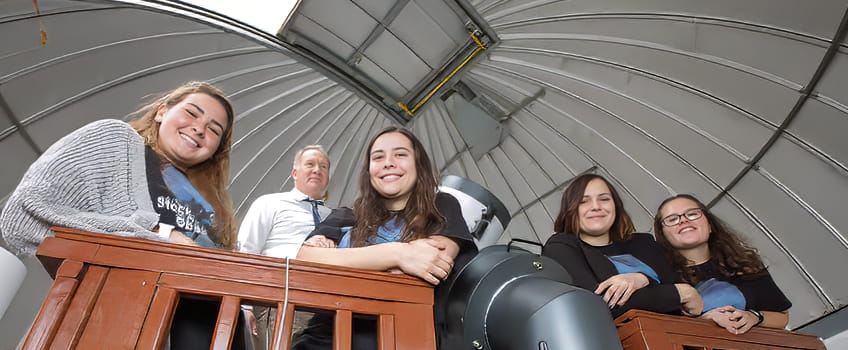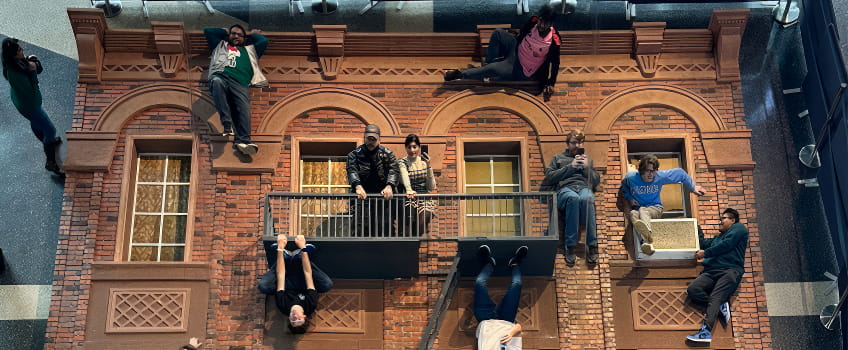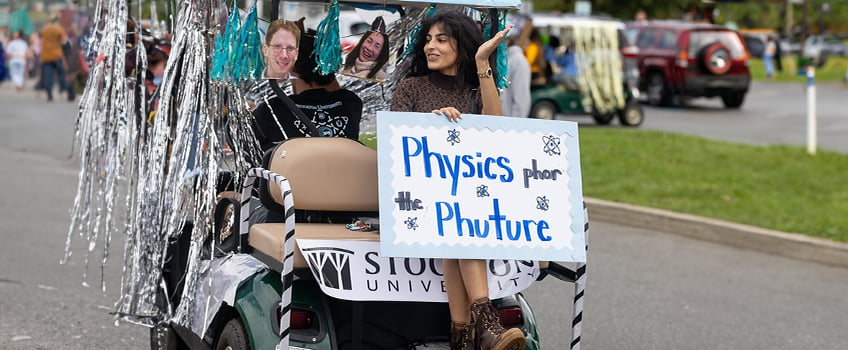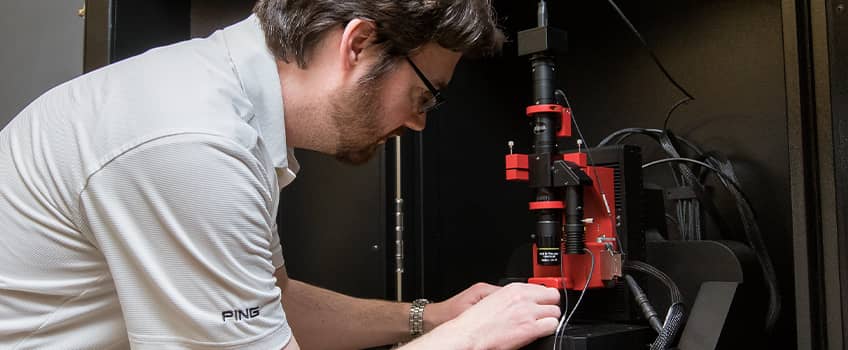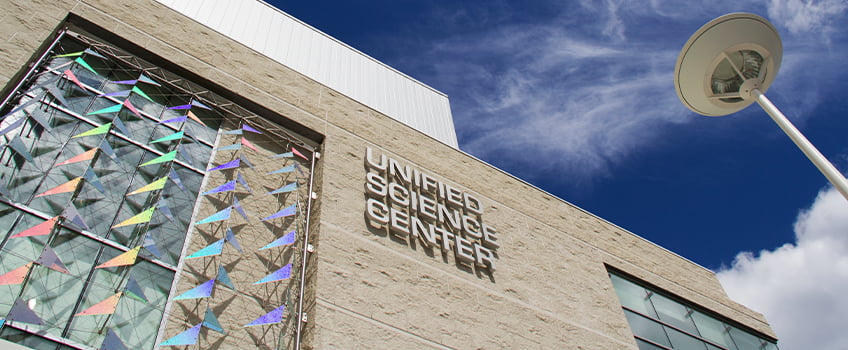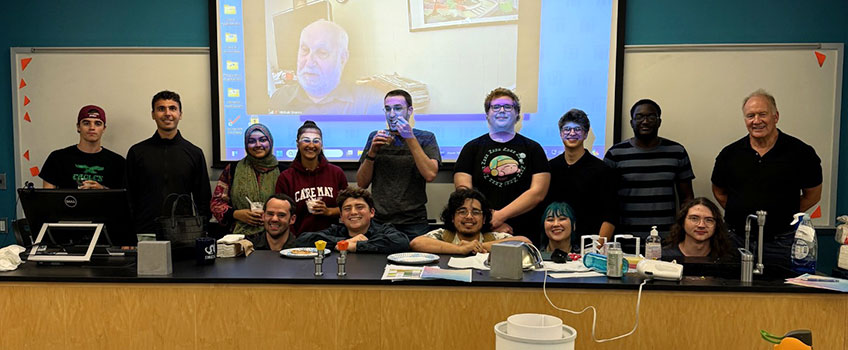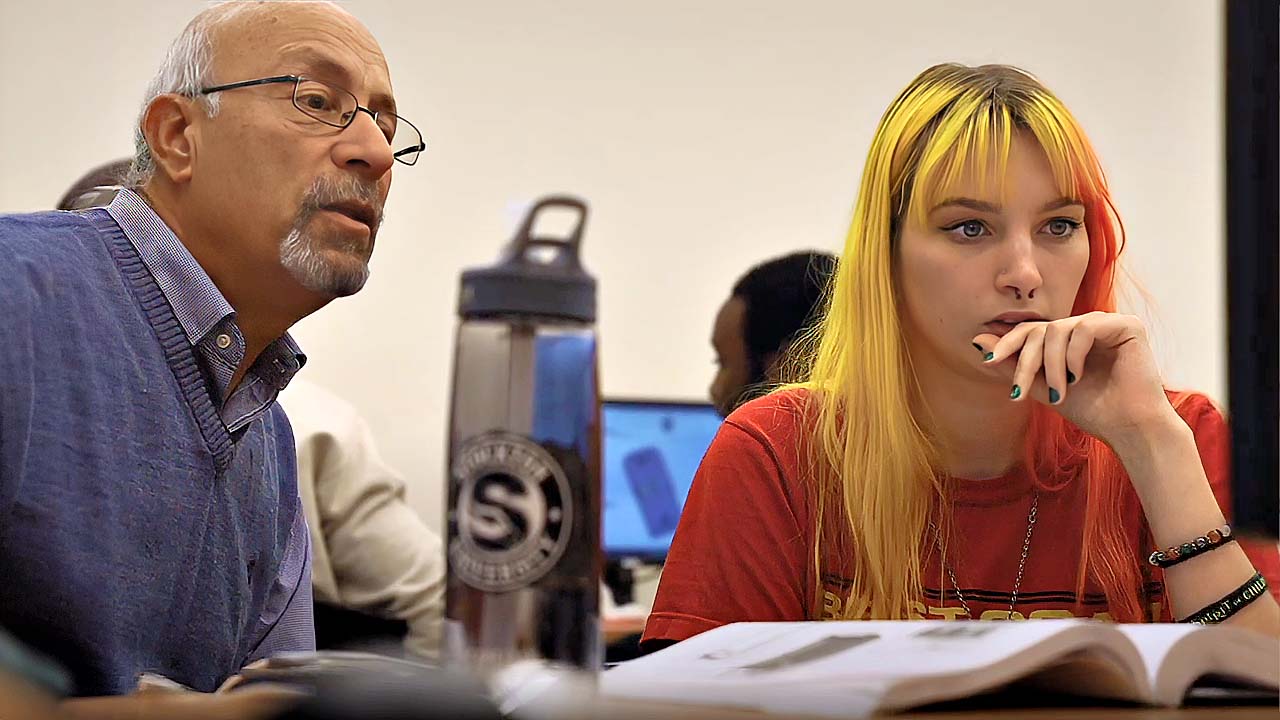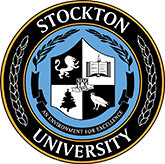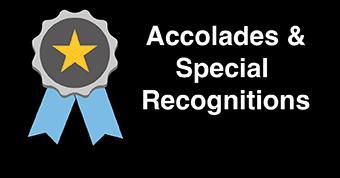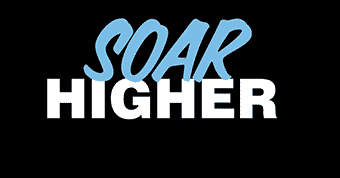Applied Physics
Stockton’s Applied Physics Program is a launchpad for future physicists, engineers, and innovators.
Dive into hands-on experiments, internships, and independent research, guided by expert faculty.
Whether it’s advancing technology or exploring new frontiers, your journey into physics and beyond starts here!
About the Program
Our program is meticulously designed to nurture critical thinking, problem-solving, and innovation. Engage with a diverse array of topics, from the foundational principles of physics to the latest advancements in the field, all while being mentored by experienced faculty.
Our approach to learning emphasizes not just academic excellence, but also practical application, ensuring that our students are well-prepared for a spectrum of professional avenues. In this program, you'll find more than just a degree; you'll discover a path to shaping the future of science and technology.
CHOOSE STOCKTON
for Applied Physics
- Expert Faculty Mentorship
- Innovative Teaching Methods
- Internships and Research Opportunities
- Diverse Career Paths
- A Community of Innovators
- Cutting-edge Facilities
The physics department at Stockton really feels like a family. The professors get to know you and want to guide you and help you succeed in any way they can.
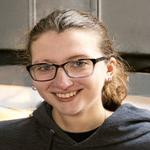
Everybody is connected at Stockton, and communication is one of the most important parts that people overlook in Physics.
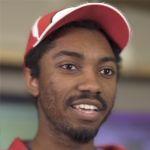
My favorite thing about Stockton's Applied Physics program is the research opportunities.
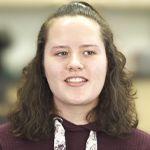
Stockton students get one-on-one time with their faculty members.
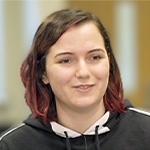
Personalize your Studies
Advanced Lab Equipment
Graduate Pathways
- Pennsylvania State University
- Rutgers University
- George Washington University
- Drexel University
- Duke University
- and many more!
Opportunities in Applied Physics
Applied Physics majors have the unique chance to engage in cutting-edge research projects, including working in the Harold E. Taylor Observatory right on campus. Research and Internships form a crucial part of our curriculum, offering practical training that’s directly relevant to students' future advanced studies and/or careers. Students have gained invaluable experience at renowned institutions like the Federal Aviation Administration Technical Center (FAATC), Argonne, Oak Ridge, and Brookhaven National Laboratories, among others.
Active Student Involvement
Teaching Assistantships
Perform Independent Research
Unleash Your Potential
- Join the Society of Physics Students (SPS)
- Explore Stockton's Observatory
- Learn at Stockton’s Math Center
- Discover the Sustainability Farm
- Study Ocean waves and currents and Engage in Marine Science Research
- Experience the Advanced Lab Equipment (AFM)
- Hear about the exciting things our alumni are doing
Careers
Graduates of Applied Physics are prepared for positions in industry, government and education, as well as for graduate work in graduate school in physics or related areas.
Potential Careers
- Nuclear physicist
- Design engineer
- Data science and strategic analytics
- Materials scientist
- Biomedical scientist/engineer
- Computational scientist
- Energy policy analyst
- Gateway to professional careers [medical, veterinarian, dental, pharmacy]
- Quantitative research analyst
- Solar physicist
- Aerospace systems
- Acoustical engineer
- Forensics firearms examiner
- Seismologist
- Laser engineer
- Alternate and conventional energy production
- Geophysics
- Meteorology
- Medical
- Medical physicist
- Sales and Marketing
The Student Career Center that is available to guide you through your career development journey - from CV writing, interview prep or general guidance.
Curriculum
Our curriculum is not just about theory; it emphasizes practical application through comprehensive laboratory work, ensuring a balanced and immersive educational experience. With a focus on keeping pace with the evolving landscape of physics, we prepare our students not just for academic success, but for a lifetime of scientific discovery and innovation.
The program provides three general orientations: industrial and government, physics teaching, and graduate school. It is possible for a student to obtain a Physics degree and to carry out a concentration in a related area such as Engineering, Mathematics, Biology, Computational Science, Marine Science, Business, Computer Sciences, Environmental Science, Energy, etc.
Degree Offerings
Bachelor of Science in Applied Physics
Recommended for students interested in going to a Physics Masters or Ph.D. program.
Bachelor of Arts in Applied Physics
Recommended for students interested in teaching physics in middle/high school. Completed with an Education Concentration.
Minor in Applied Physics
Recommended for students in other majors interested in physics
Bachelor of Science Dual-Degree in Applied Physics & Engineering
The program begins with three years at Stockton and concludes with two years at NJIT, Rowan, or Rutgers, your choice! Students receive a BS in Applied Physics from Stockton at the end of the 4th year and a BS in Engineering from the partnered university at the end of the program, generally the 5th year.
Degree Works Curriculum & Transfer Equivalency Tool
You can see the curriculum for your area of interest using Degree Works. This service is accessible even if you are not currently a student with Stockton University.
Instructions on How to Use Curriculum ToolFaculty
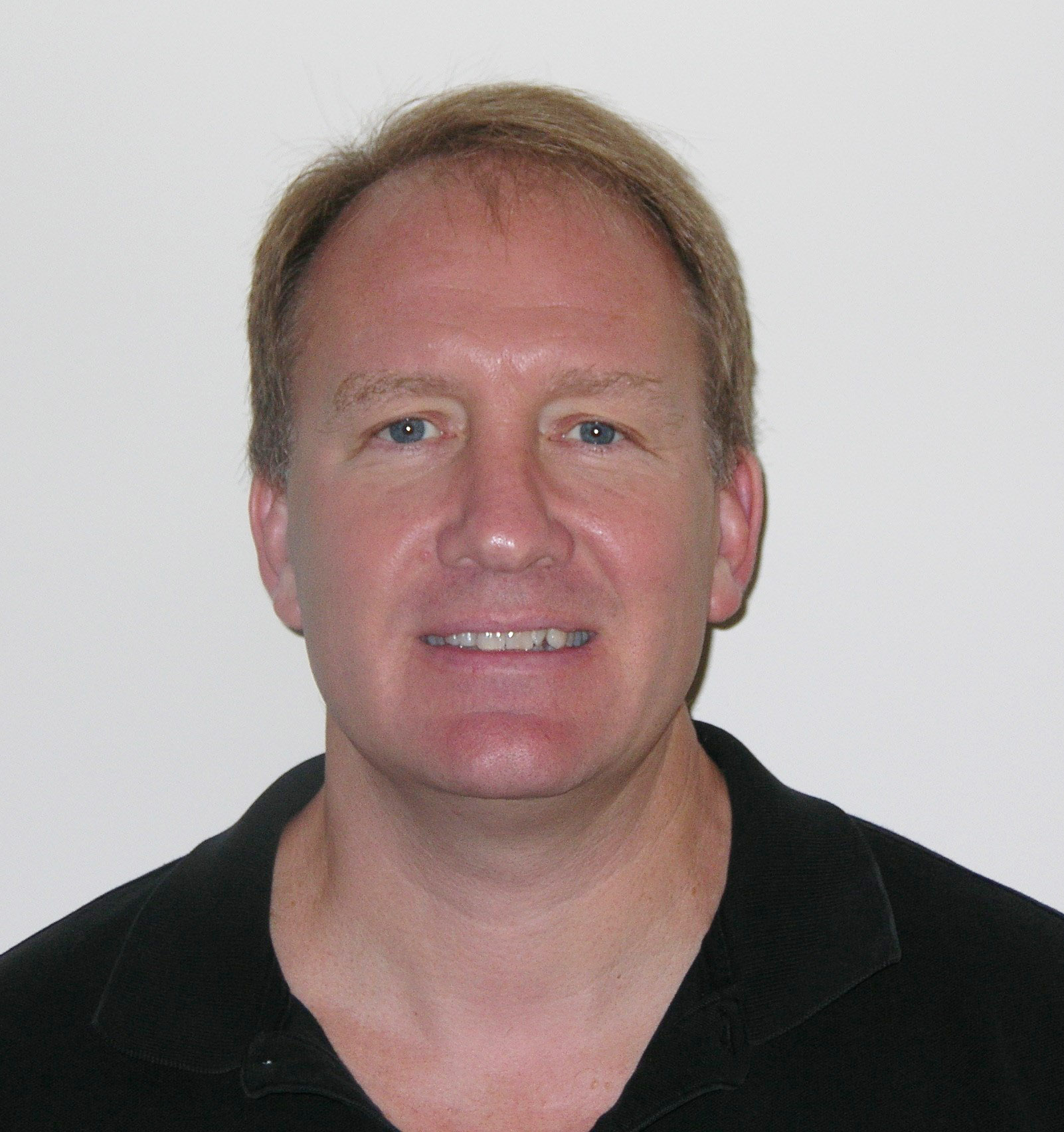
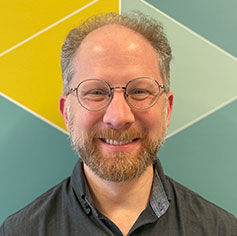
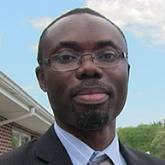
Benjamin Agyare
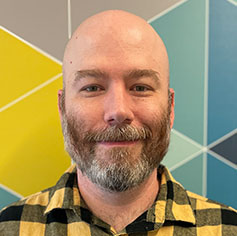
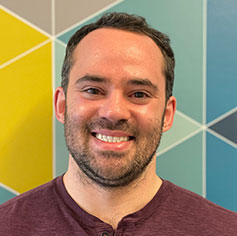
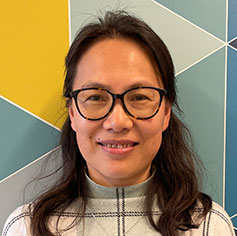
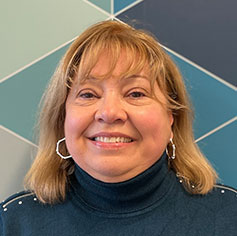
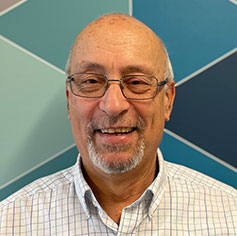
Monir H. Sharobeam
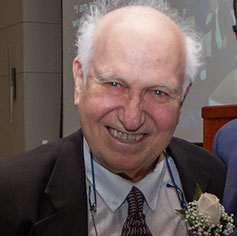
Yizhak Y. Sharon
Embark on a physics adventure with our dynamic Applied Physics faculty, who bring a wealth of expertise spanning theoretical and experimental realms. Check out the current research being done or see what research topics NAMS faculty are inserted in, beginning to something that ignites your curiosity!
Take a Virtual Tour of Our Research Facilities
Faculty Research
Dr. Neil Aaronson
Professor of Physics
Psychoacoustic researcher employing models to explain experimental findings for auditory perception. Investigates topics such as psychoacoustic phenomena, audio quality perception, room acoustics, and the intricacies of music perception.
Dr. Benjamin Agyare
Assistant Professor of Physics
Research interests include using computational tools to investigate the formation of Intrinsically Localized Vibration Modes in crystallized lattices. This research is crucial for understanding material properties, energy localization, and nonlinear dynamics, with broader implications for advancing materials science, technological applications, and the development of innovative technologies in areas such as phononic and photonic engineering. Additionally, interested in applying the Technology Acceptance Model to explore the integration of Artificial Intelligence in physics education.
Dr. Philip Eaton
Assistant Professor of Physics
Primarily works in Physics Education assessment analysis, and construction of learning resources like online lectures and recorded demonstration videos. Also, dabbles in introductory General Relativity and Quantum Field Theory projects with interested undergraduates.
Dr. Fang Liu
Associate Professor of Physics
Biomedical and health physics investigating topics related to positron emission tomography (PET), surgical probe technology, and the biophysical aspects of medical applications.
Dr. Yitzhak Sharon
Distinguished Professor of Physics
Nuclear theorist who uses models to explain experimental data about nuclei. Nuclear properties studied are energy levels, electromagnetic transition probabilities, magnetic moments and quadrupole moments.
Dr. Monir Sharobeam
Professor of Physics
Mechanical engineering specializing in the mechanics of materials, fracture mechanics, and the application of finite element methods. Utilizes computer-aided drafting and design (CAD) to model and analyze mechanical structures. Investigates topics such as material behavior under stress, fracture mechanisms, and the simulation of complex structures using finite element methods.
Dr. Joseph Trout
Professor of Physics
Research interests spanning Atmospheric Physics, Astronomy, Climate Physics, Astrophysics, Food Physics, and Physics Education. Projects include studying the impact of urban heat on tomatoes in Philadelphia's community gardens, revitalizing the Stockton Observatory for astronomy research, analyzing vitamin E content in locally grown wheat, and exploring AI tools like ChatBots in Physics Education. Dr. Trout emphasizes student involvement in research, with students presenting findings at conferences and co-authoring publications.
